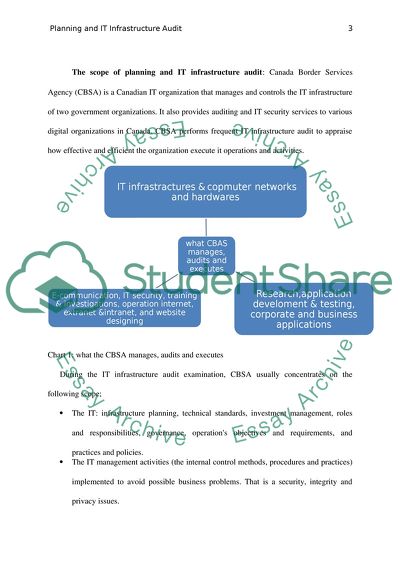Cite this document
(“Planning an IT Infrastructure Audit for Compliance Term Paper - 1”, n.d.)
Planning an IT Infrastructure Audit for Compliance Term Paper - 1. Retrieved from https://studentshare.org/information-technology/1649219-planning-an-it-infrastructure-audit-for-compliance
Planning an IT Infrastructure Audit for Compliance Term Paper - 1. Retrieved from https://studentshare.org/information-technology/1649219-planning-an-it-infrastructure-audit-for-compliance
(Planning an IT Infrastructure Audit for Compliance Term Paper - 1)
Planning an IT Infrastructure Audit for Compliance Term Paper - 1. https://studentshare.org/information-technology/1649219-planning-an-it-infrastructure-audit-for-compliance.
Planning an IT Infrastructure Audit for Compliance Term Paper - 1. https://studentshare.org/information-technology/1649219-planning-an-it-infrastructure-audit-for-compliance.
“Planning an IT Infrastructure Audit for Compliance Term Paper - 1”, n.d. https://studentshare.org/information-technology/1649219-planning-an-it-infrastructure-audit-for-compliance.


